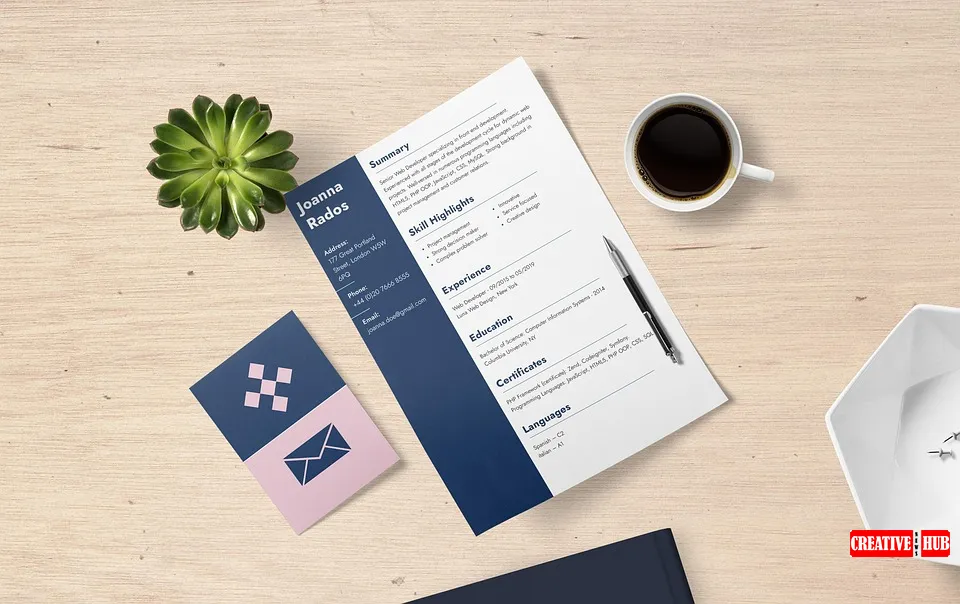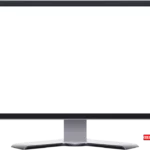The creative industry is one of the most dynamic and rewarding fields. From graphic design and animation to copywriting and photography, creative professionals have a unique opportunity to blend artistry with problem-solving. But this highly coveted career space comes with intense competition.
With thousands of professionals vying for the same roles, making a strong first impression is more crucial than ever. That’s where a well-designed, thoughtful CV template comes into play.
Let’s dive into how creative CV templates can be your secret weapon in the battle for recognition, why they matter, and how you can leverage them to leave hiring managers and clients in awe.
Why CV Templates Are Essential for Creatives
Picture this: a hiring manager spends an average of 6-8 seconds scanning a CV before deciding to dive deeper. That’s all the time you have to grab their attention and make your case. For creative professionals, a bland, text-heavy CV won’t cut it. Your CV isn’t just a document—it’s your first opportunity to showcase your creativity and personal brand.
A creative CV template does three critical things:
- Showcases Your Design Skills: The design and layout of your CV reflect your ability to think visually. Whether typography, color coordination, or layout precision, every element speaks volumes about your taste and skills.
- Reflects Your Personal Brand: Creative roles demand individuality. A well-designed template allows you to inject personality into your CV while staying professional.
- Captures Attention Quickly: A visually engaging CV immediately draws the eye and intrigues the recruiter in a stack of monotonous resumes.
But designing the perfect CV isn’t just about making it look pretty. It’s about balancing aesthetics with functionality. Here’s how you can master the art.
Key Elements of a Winning Creative CV Template
A creative CV is more than just a visually appealing document; it’s a storytelling tool. Here are the key elements you should include to ensure your CV stands out for all the right reasons:
1. Eye-Catching Header
The top of your CV should make an immediate impact. Include:
- Your Name: Use a bold, clean font that aligns with your style.
- Tagline or Title: A concise descriptor like “Innovative Graphic Designer” or “Creative Copywriter with a Passion for Storytelling.”
- Contact Information: Include only essential details like email, phone number, LinkedIn profile, and portfolio link.
2. Clean Layout with Visual Hierarchy

Creatives often fall into the trap of overdesigning their CVs. Remember, less is more. Use a grid-based layout to organize content and naturally guide the recruiter’s eye. Prioritize:
- Proper spacing
- Clear headings
- Logical sections
3. A Strong Professional Summary
Craft a short, compelling paragraph that encapsulates who you are, what you’ve achieved, and what you bring to the table. This is your elevator pitch in written form.
Example: “Award-winning digital illustrator with 5+ years of experience creating impactful visuals for global brands like [Company Name]. Adept at blending artistry with strategic thinking to drive brand storytelling and audience engagement.”
4. Skills Section That Pops
Highlight both technical and soft skills relevant to your field. For instance:
- Technical Skills: Proficiency in Adobe Creative Suite, HTML/CSS, Sketch, etc.
- Soft Skills: Creative problem-solving, communication, adaptability.
Visual elements like skill bars or infographics can make this section more engaging.
5. Showcase Your Achievements (Not Just Responsibilities)
Recruiters want results, not a list of duties. Quantify your accomplishments where possible. For example:
- Instead of: “Designed marketing materials for a fashion brand,” say: “Created a social media campaign that increased engagement by 30% and drove $50K in revenue.”
6. Portfolio Integration
Your CV is incomplete without a link to your portfolio. This is where you back up your claims with proof of your work. Consider embedding a QR code that links directly to your website or Behance/Dribbble profile.
7. Include Testimonials
If space permits, a short testimonial from a past client or employer can add credibility and a personal touch.
Adapting Your CV for the Job Market
One CV template doesn’t fit all. Tailor your CV to align with the role you’re applying for. Research the company’s brand identity and values, then subtly incorporate their aesthetic elements into your design. For instance, if you’re applying to a sleek tech startup, opt for a minimalist design with clean lines. On the other hand, if the job is with a vibrant creative agency, experiment with bold colors and unconventional layouts.
Top Tools for Crafting Creative CV Templates
If designing from scratch feels daunting, don’t worry—plenty of tools can help you create a stunning CV without advanced design skills. Here are a few options:
- Canva: A user-friendly platform with hundreds of customizable CV templates.
- Adobe InDesign: Ideal for experienced designers who want full creative control.
- Figma: Great for collaborative CV design projects.
- Zety: Offers online CV builders with modern designs and optimization tips.
Common Mistakes to Avoid
Even the best design can be undermined by simple mistakes. Avoid these common pitfalls:
- Overloading with Graphics: Keep it professional. Your CV isn’t a poster.
- Neglecting Readability: Prioritize legibility over flair. Use clean fonts and ensure enough contrast between text and background.
- Skipping Proofreading: Typos or grammatical errors can ruin your first impression.
- Ignoring ATS Compatibility: Many companies filter resumes using Applicant Tracking Systems (ATS). Ensure your CV includes keywords from the job description.
The Competitive Edge: Creativity in a Crowded Market
In today’s creative industry, standing out means blending originality with strategy. Beyond the CV itself, here are a few extra steps to gain an edge:
1. Build a Strong Online Presence
Having an engaging portfolio is non-negotiable, but don’t stop there. Share your expertise and projects on LinkedIn, Instagram, and Twitter platforms. Engaging with your community can position you as a thought leader in your niche.
2. Master Networking
The old saying, “It’s not what you know, but who you know,” still rings true. Attend industry events, webinars, and meetups to connect with potential employers or collaborators.
3. Upskill Continuously
The creative landscape evolves rapidly. Stay ahead of trends by learning new tools, techniques, and styles. Platforms like Skillshare, Udemy, and Coursera offer courses tailored for creatives.
Final Thoughts: Let Your CV Tell Your Story
Your CV is more than a summary of your qualifications—it reflects your creative DNA. In a competitive industry, every detail matters. Using a well-thought-out CV template, you can make a memorable first impression, showcase your talents, and set yourself apart.
Remember, the goal isn’t just to land an interview but to tell a compelling story that recruiters can’t wait to learn more. With the right blend of design, content, and strategy, your CV can be the key that unlocks your next big opportunity.

Emma Smith is a passionate writer and content creator focused on the latest trends in the arts, design, and creative industries. With a keen eye for innovation and creativity, she shares insights and updates that inspire professionals and enthusiasts alike.








